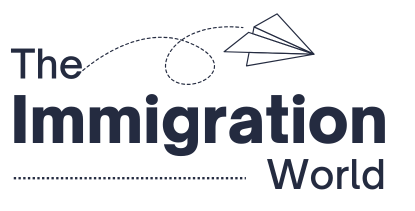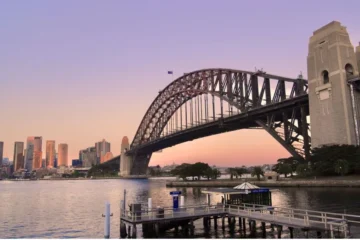Australia, a top destination for international students, is shaking things up with several significant changes to its student visa policy starting in 2025. These changes include an increase in visa application fees, stricter visa rules, and the introduction of caps on international student enrollments. While these adjustments are aimed at controlling migration and addressing local concerns, they may also have far-reaching effects on aspiring students who wish to study in Australia.
Key Takeaways
Why Is Australia Increasing the Student Visa Application Fees?
In a move to generate additional revenue, the Australian government has proposed raising the student visa application fee from A$1,600 to A$2,000 in 2025. This hike aims to generate A$760 million over the next four years, which will help manage the influx of students while funding other government initiatives. The rise in fees follows a previous increase in 2024, when application fees more than doubled from A$710. While the government justifies the fee increase as necessary for controlling migration and funding public services, it is expected to create an additional financial burden for international students.
What Are the New Caps on International Student Enrollments in 2025?
Alongside the increased visa fees, the government plans to cap the number of international students enrolling in Australian institutions at 270,000 for 2025. This is a significant step back from the record-breaking influx of international students in recent years. The opposition, however, is pushing for even stricter caps, proposing a limit of 240,000. These enrollment caps aim to address concerns about Australia’s rising migration numbers and the strain they place on local resources, especially housing. For students hoping to secure a spot, this means that the competition for places in Australian universities could intensify.
How Will the Stricter Visa Rules Affect International Students’ Journey?
The stricter rules go beyond just enrollment caps and fee hikes. Australia is also introducing higher tuition fees, more rigorous English language proficiency requirements, and tighter regulations for education providers. These changes will make the process of securing a student visa more challenging, particularly for students who may struggle to meet the new language and financial thresholds. Additionally, Australia is stepping up enforcement against education providers that fail to meet compliance standards, ensuring that students are enrolling in institutions that deliver quality education. These stricter measures will certainly impact students’ ability to live and study in Australia, making it essential for them to meet the new requirements.
Also Read: Is Your 2025 Australian Work Visa at Risk Due to Income Changes?
Are These Changes a Sign of Australia Tightening Its Borders for Students?
The introduction of enrollment caps, visa fee increases, and stricter rules points to a broader shift in Australia’s immigration strategy. The government appears to be aiming for a more controlled and sustainable approach to international student migration, particularly as the number of international students has surged post-pandemic. With net migration becoming a key political issue, these changes suggest that Australia is tightening its borders for students, balancing the need for skilled labor and economic growth with concerns over housing shortages and social pressure.
What Are the Alternatives for Students Who Want to Study in Australia?
For those who are concerned about the rising costs and tighter restrictions, it’s important to explore alternative pathways. One option is to consider applying for scholarships that may help offset the increased costs. Additionally, some students may look into alternative study locations that offer a similar academic experience without the higher fees or stricter rules. Students could also explore regional study options within Australia, as there are often fewer restrictions in smaller cities or less populated areas.
How Will These Changes Affect Australia’s International Education Industry?
Australia’s international education sector, a vital contributor to the country’s economy, will feel the impact of these policy changes. With a growing number of students facing higher costs and more rigorous requirements, universities and colleges may experience a decline in enrollment numbers, particularly from non-English-speaking countries. This could also affect the financial health of institutions that rely heavily on international tuition fees. While these changes are designed to manage migration levels, they could result in less revenue for the sector and limit the diversity of international students in Australian universities.
Conclusion: What These Changes Mean for Australia’s Workforce
The changes to Australia’s international student visa policies reflect a balance between attracting skilled talent and managing migration concerns. For students, these shifts may mean fewer opportunities and a more expensive, competitive process to study in Australia. However, for those who can navigate the new rules and still manage to secure a spot, Australia’s world-class education system remains a strong draw. The key will be for students to stay informed, plan, and consider all their options for studying in Australia as 2025 approaches.





